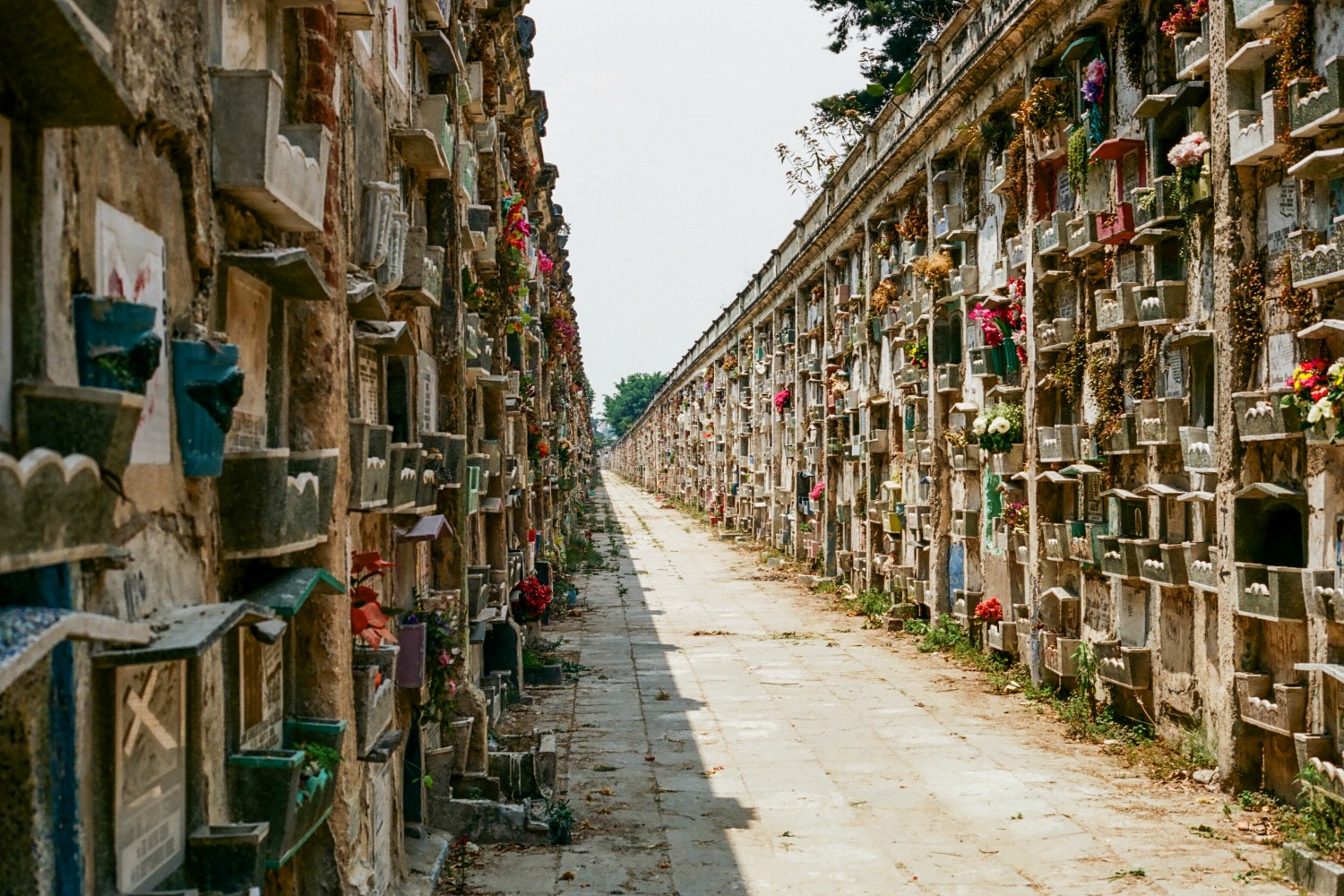Last month, six students from The Seattle School participated in a one-week intensive in Guatemala City. Under the leadership and instruction of Dr. Ron Ruthruff, students were invited to establish conversation partners with Guatemalan leaders and increase awareness of those who are loving God and neighbor in a different cultural and geographical location. Here, Beau Denton, Content Coordinator and a second-year MA in Counseling Psychology student, reflects on the trip and the invitation to witness and engage both the beauty and the affliction of a particular place. (Photo by Jesse Smith of Downtown Scout Photography.)
In the summer before eighth grade, I participated in a church youth group mission trip to Guatemala. We packed our Bibles and pamphlets, rehearsed our testimonies, and practiced our skits; I performed the role of Jesus in a Spanish version of Carman’s “The Champion.”
That middle school trip came to mind often (you might say it haunted me) during our recent week-long intensive in Guatemala City for The Seattle School’s new “Engaging Global Partnerships” course. I was one of six students—led by Dr. Ron Ruthruff, Associate Professor of Theology & Culture—who spent the week learning about the story of Guatemala, meeting on-the-ground leaders, teachers, businesspeople, pastors, and others working toward the restoration of their neighborhoods, and witnessing both the power of incarnation and the trauma of oppression.
Unlike my earlier visit to Guatemala, and unlike what you might picture when you hear about six Christian students from the U.S. visiting Central America, this was not a mission trip. We didn’t build any churches or distribute any tracts, and we didn’t even wear matching T-shirts. We were there to hear stories, ask questions, bear witness, and wonder together about how the things we were seeing and learning might impact our ongoing education at The Seattle School and the ways we inhabit our own places.
At the beginning of the week, one of our Guatemalan instructors, Joel, welcomed us to his city and encouraged us to look for and be open to both its beauty and its affliction. With his words in mind, we encountered plenty of both over the days that followed. There was beauty in the mountains that skirted the horizon, the vibrant colors on signs, buildings, and fabrics throughout the city, the varied and flourishing trees, the soaring cathedrals, and the resilience of a culture that endured decades of civil war and centuries of oppression. And, especially, there was so much beauty in the people we met.
Yet, at the same time and often in the same place, there was tremendous affliction. Even now, one of the communities we visited is reeling from the effects of a collapse at the city dump that killed at least four people. In a neighborhood adjacent to the dump, Fito (another one of our guides and instructors) welcomed us into his home barely a week before the nearby collapse. When I asked Fito how it felt to show us around his neighborhood and welcome us for lunch, he said he felt so at home, like a fish that had gone back underwater—that’s how much he loves the place.
Many of Fito’s neighbors work in the dump. When a tragedy like this happens—a heap of trash collapsing unexpectedly—their neighborhood is left to mourn, search for loved ones buried in the garbage, and, much sooner than they should have to, get back to work. (Here I’ll urge you to read these two bold and heartbreaking posts from our Guatemalan instructors Joel and Fito: “A Community in Pain” and “Story of a Landslide.”)
Even with so much to learn and to witness, we could not stop at passive observation. Through their wisdom, their example, and their many difficult questions, Joel and Fito challenged us to wrestle with the beauty and affliction in our own homes, to wonder how the dynamics we were encountering were similar to or different from dynamics in the United States. Their deep love for their country insisted that we not resort to voyeurism and judgment, but instead look at our own lives and our own settings with curiosity, courage, and honesty.
Because, after all, Guatemala is not the only country suffering from vast economic inequality, gang violence born out of systemic marginalization, widespread sexual abuse, and dangerous political and religious leaders.
In those moments, when something we saw registered like a punch in the gut by reminding us of our own country and our own homes, “Engaging Global Partnerships” felt like much more than a fancy title. The people we encountered and the things we learned will have a direct and lasting effect on the way we pursue therapeutic work, ministry, social entrepreneurship, and the daily love and care of our neighborhoods. For that—for the people we met, for the beauty and affliction we witnessed, for the good, ongoing work we learned about, for all of it—I am so very grateful.

